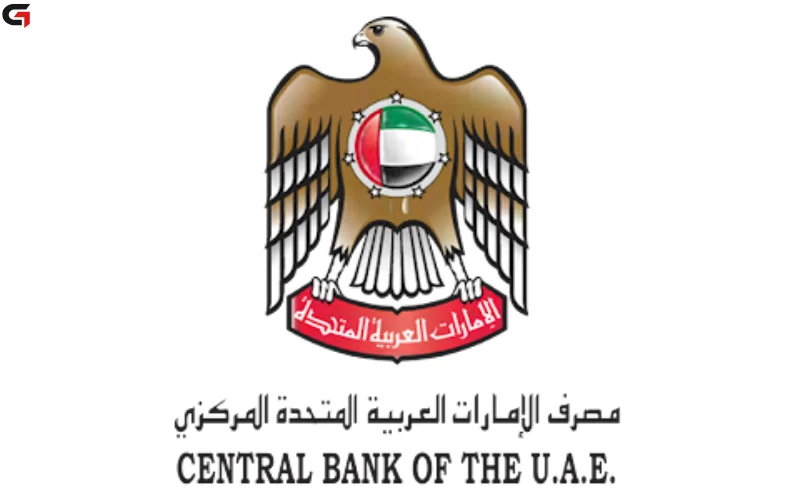Insurers across the Gulf Cooperation Council (GCC) are projected to see overall underwriting profits in 2025, benefiting from strong economic performance in the UAE and Saudi Arabia, as well as government initiatives aimed at boosting non-oil revenues. According to Moody’s Investors Service, growing demand for health and life insurance, along with the expansion of mandatory insurance schemes, is expected to support top-line growth across the region.
Positive Economic Environment Boosts Insurers
Moody’s analysis highlights that mandatory coverage—particularly in motor, health, and life insurance—will continue to drive revenue growth in key GCC markets. With robust GDP forecasts, especially in the UAE and Saudi Arabia, insurers are set to gain from a growing number of policyholders entering the system due to formal employment and population growth.
Despite macroeconomic uncertainties and potential geopolitical risks, Moody’s expects the sector-wide underwriting profits to remain positive in 2025, bolstered by strong demand in key segments.
Challenges for Smaller Insurers
However, the credit rating agency warns that not all insurers will benefit equally from the positive market conditions. Larger, well-capitalized firms are in a better position to absorb rising operating costs and navigate intense price competition. On the other hand, smaller insurers are increasingly vulnerable due to their thin profit margins and rising costs related to reinsurance, regulation, and digital infrastructure.
The return of aggressive price competition, following a two-year upswing driven by storm-related claims in 2023 and 2024, presents further challenges to smaller firms' ability to maintain profitability. Moody’s suggests that this environment will likely lead to continued consolidation in the sector, particularly in Saudi Arabia, as firms seek scale and stability to survive.
Elevated Investment Risks
GCC insurers also face elevated investment risks, according to Moody’s. Many companies have a high exposure to domestic equities and real estate, which exposes them to volatility tied to regional market fluctuations and broader macroeconomic or geopolitical shocks. These portfolio allocations reflect a preference for higher-yielding assets, compounded by the limited availability of local fixed-income instruments.
Conclusion: Mixed Outlook for GCC Insurers
The outlook for GCC insurers in 2025 is mixed. While larger players are set to benefit from the region’s economic momentum and the growth of mandatory insurance, smaller firms are under increasing pressure from rising costs and heightened investment risks. As a result, the trend of industry consolidation is expected to continue, with smaller firms seeking scale to better cope with the challenges ahead.























